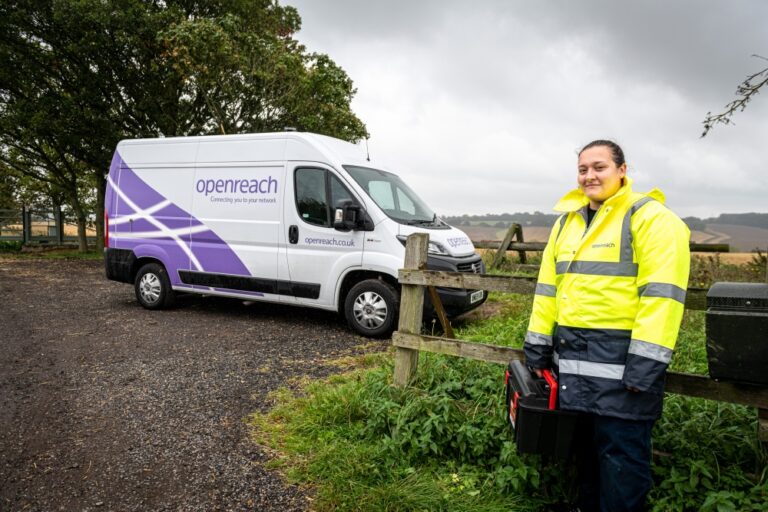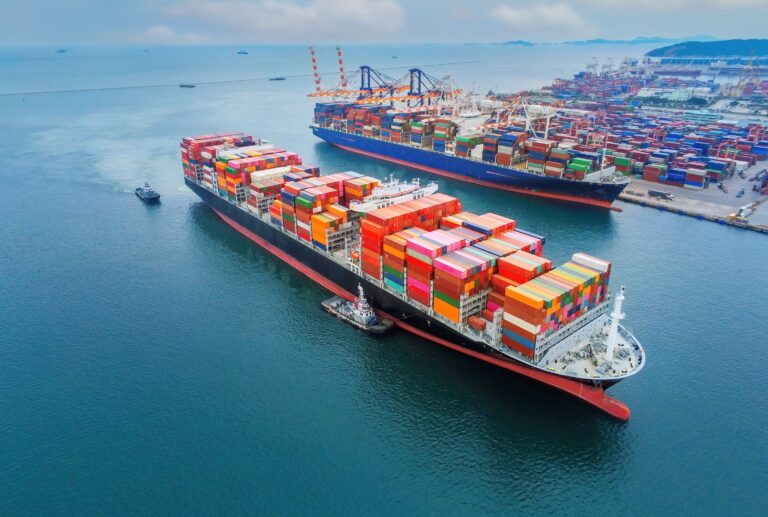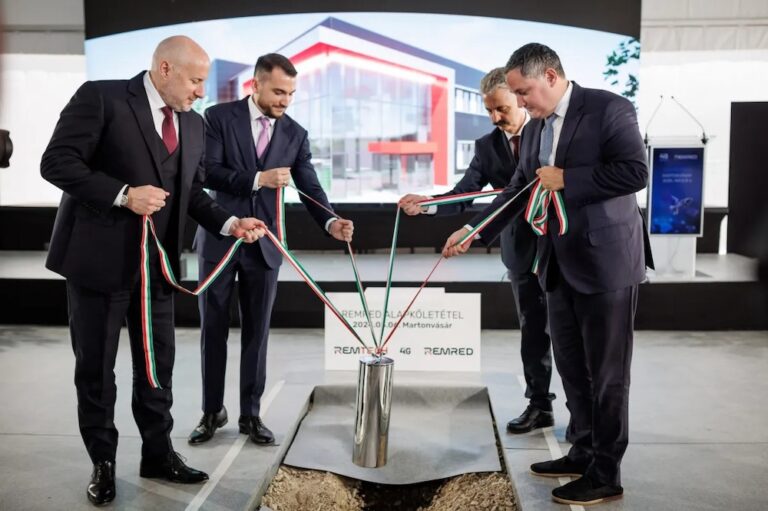As BT’s Openreach accelerates its FTTP to 946k homes in Q1, fixed broadband overbuild in the UK is almost getting like Spain
In its latest UK fixed broadband availability numbers, analysts Point Topic has found that two or more FTTP networks now covered 7m UK premises in Q1 2024. At the same time, 0.8m were covered by three or more fibre networks. The inevitable risk to altnet business models is palpable given that the incumbent Openreach has actually accelerated its full fibre rollout in Q1 hitting 946,000 additional FTTP premises, compared to 917,000 added in Q4 2023, which resulted in Point Topic’s total recorded Openreach FTTP footprint of 12.9 million premises, up 7.9% quarter-on-quarter.
A new report from strategic consultancy firm Eight Advisory highlights the problem for UK altnets which are shifting from building networks to filling them with end customers – otherwise known as penetration and expressed as a “take-up” percentage KPI. Growing penetration over time is a key contributor to achieving profitability.
Eight Advisory found that Altnet networks have, apart from CityFibre with TalkTalk and Vodafone and a couple of altnets which supply TalkTalk, been unable to break into this significant route to market. The result of this is that FTTP take-up of the different altnets in the UK market is on average 16% (roughly half of BT Openreach) with ranges from 5 to 30% based on network maturity.
Wholesale model isn’t healthy
The UK consumer broadband market is highly concentrated on five big ISPs, four of which buy wholesale broadband from Openreach. One of the issues identified by the consultancy is that the proliferation of multiple small networks makes it costly and complex for the larger ISPs to work with altnets. The much-anticipated consolidation and the integration of networks and IT systems may provide a clearer route for larger ISPs.
As a result they conclude that the combination of significant capital expenditure to build networks , highly competitive “overbuild” in specific geographical areas and low take-up in the UK is unlike other European countries – although Spain would beg to differ here. “The situation is unsustainable and will be resolved by M&A and restructuring,” said Eight Advisory.
Point Topic estimates the total Altnet combined footprint to be 11.5m premises so not far behind BT Openreach but with around half the penetration. CityFibre covers 3.2m homes and of the top five ISPs serves only Vodafone and TalkTalk which represents up to 25% of the total retail market (including altnets).
One light at the end of the tunnel will be the arrival of Virgin Media O2 in the wholesale market. The operator is not an open access network yet although it has announced plans to do so in 2025. This is a significant change from operating a closed cable network serving only Virgin Media retail. With a total of 4m full fibre homes to date and rapid growth Eight Advisory believes this could in time have quite a significant impact on the UK wholesale market, especially if some of the larger ISPs also join their network.
No stopping Openreach
In the meantime, with access to 80% of the consumer broadband market by base size compared to c25% of its next nearest competitor, Openreach leads with 32% average take-up across its network. Eight Advisory point out that BT also stated that its earliest FTTP cohorts are now at 50% penetration and rising, while newer cohorts are following a similar trend. It is likely that many other altnets will see a similar mixed take-up view across their footprint.
All upgrades, migrations, speed regrades, and new customers should end up on a fibre service. BT claim 62% migration of lines to FTTP within 3 years of the new network going live (a faster take-up rate than they expected) or 50% within just 20 months.
Contrast that with the longer established altnets which report average take-up across their networks of around 30% with fluctuations impacted by changes in rollout speed and some churn. “Hyperoptic and Gigaclear show that convincing people to move to a full fibre service takes a long time and consistent marketing effort,” states Eight Advisory. “As with the longer established altnets, in established footprint take-up can be much higher. In Stirling, CityFibre state their penetration has exceeded 23% and in Milton Keynes, its most mature network footprint, penetration has now passed 27%. As with any average, some areas will be lower.”
Helpfully, Eight Advisory will soon publish a Part 2 document on what altnets can do about the creeping doom some must be feeling.
Point Topic said Openreach full fibre now covers 40.3% of all UK premises, up from 37.4% three months earlier. In turn, the decline in the number of Openreach ADSL, FTTC and G.fast only premises has speeded up – their number went down by 944,000, compared to 915,000 in Q4 2023. Once again, the largest decline (-799,000 premises) was in FTTC only coverage, as this technology is being replaced by FTTP. Non-fibre platforms still covered 18.7 million premises in the UK, with this number having decreased by 4.8% in Q1 2024.
UK market has been transformed
According to Point Topic, at the end of Q1 2024, the overall FTTP coverage in the UK was 20.7m premises (64.7% of the UK total). This metric was up by 6.5% compared to Q4 2023.
In Q1 2024, the largest number of FTTP premises added was in Glasgow (+24.5k), Birmingham (+24k), Buckinghamshire (+20k), and Pembrokeshire (+20k). Among the FTTP altnets with at least 100,000 premises, Point Topic recorded the highest quarterly growth in premises passed FW Networks (+90%), Grain Connect (+59%) and nexfibre (+54%). Across the UK, 19% of premises still lacked gigabit access, down from 21% three months earlier.










